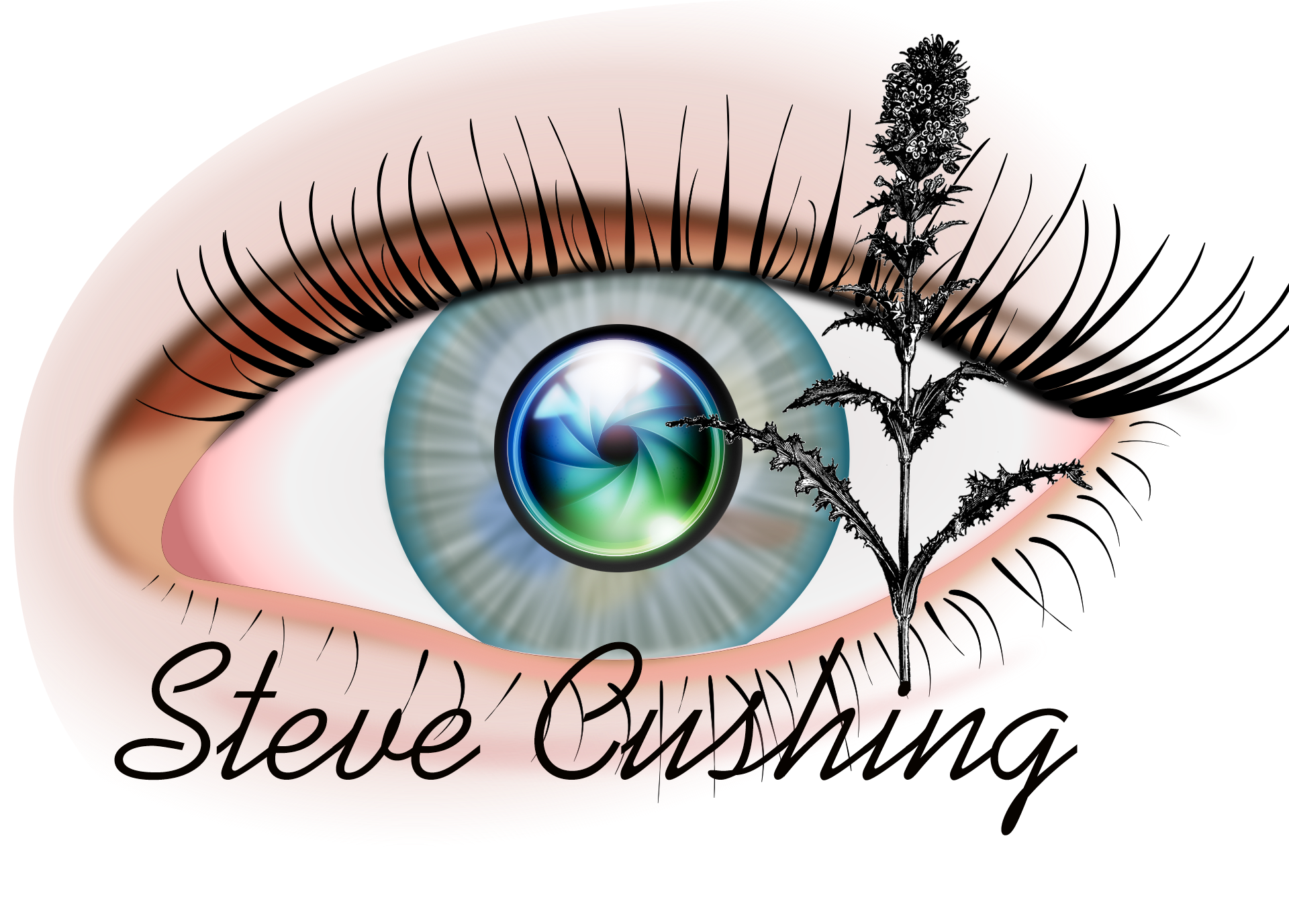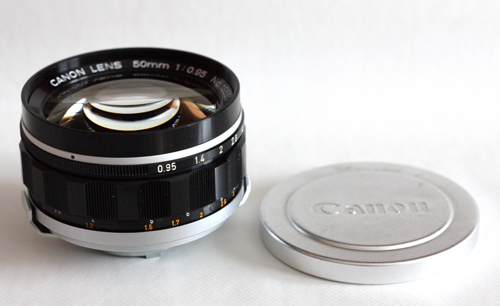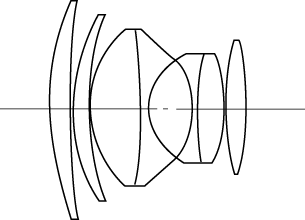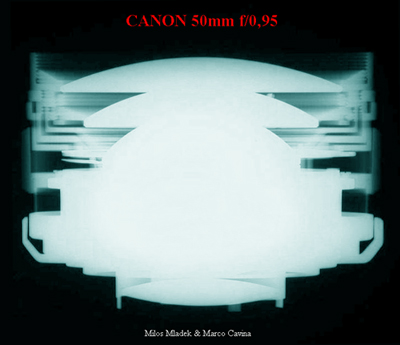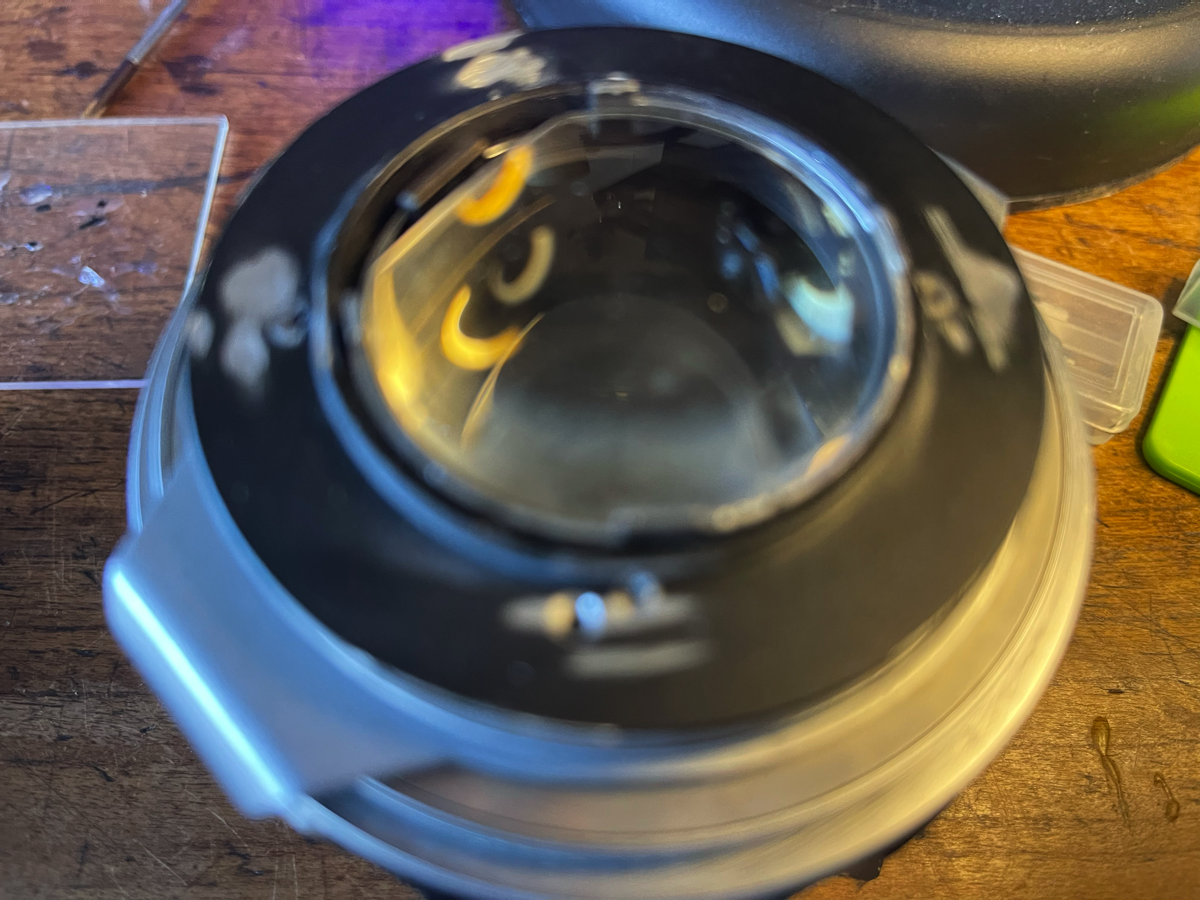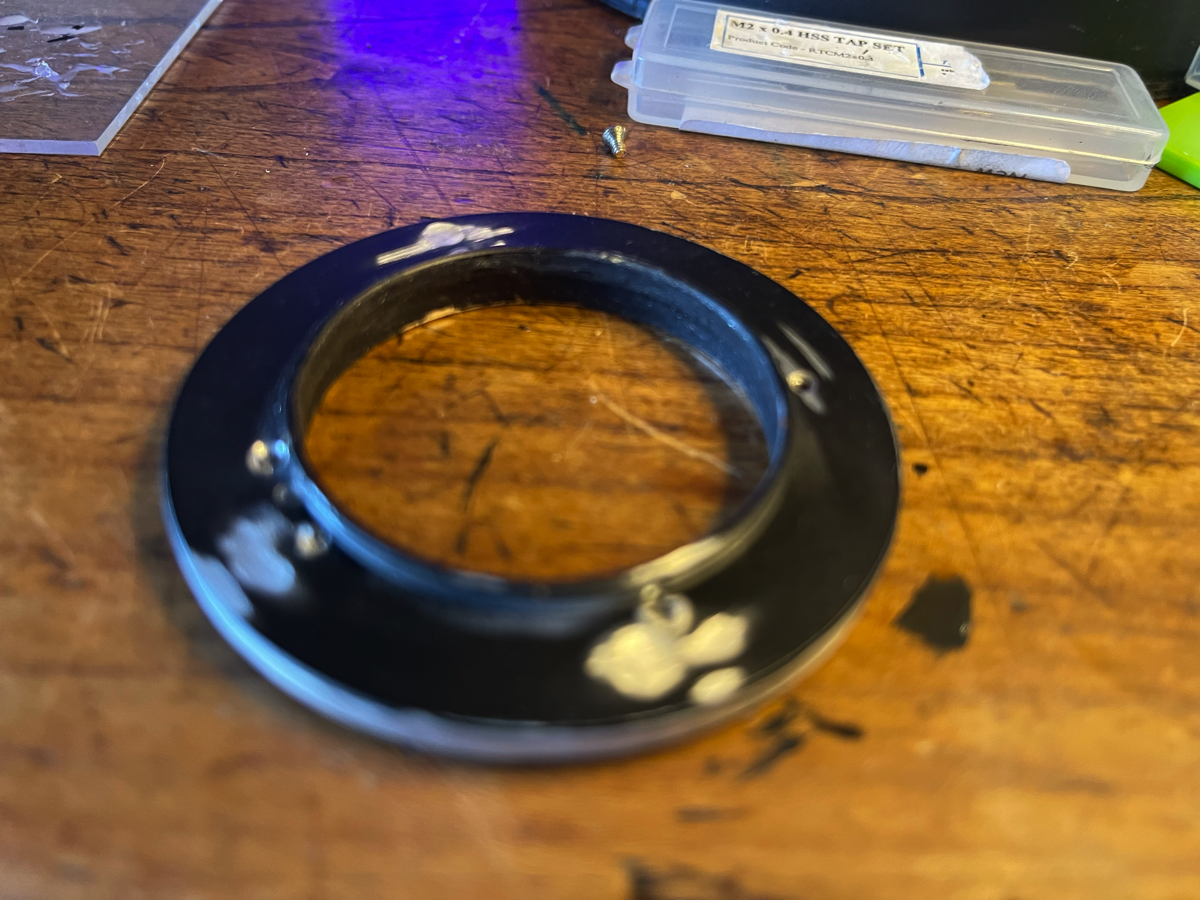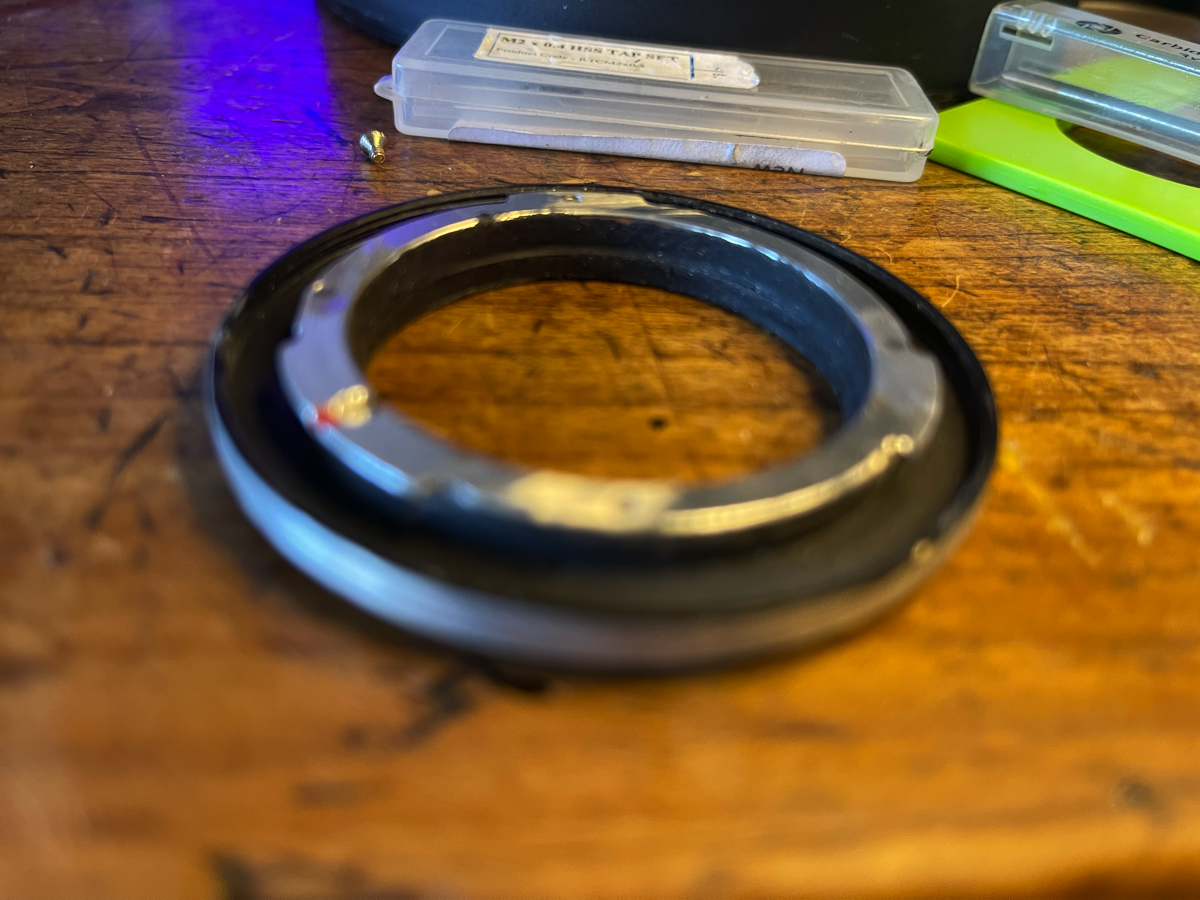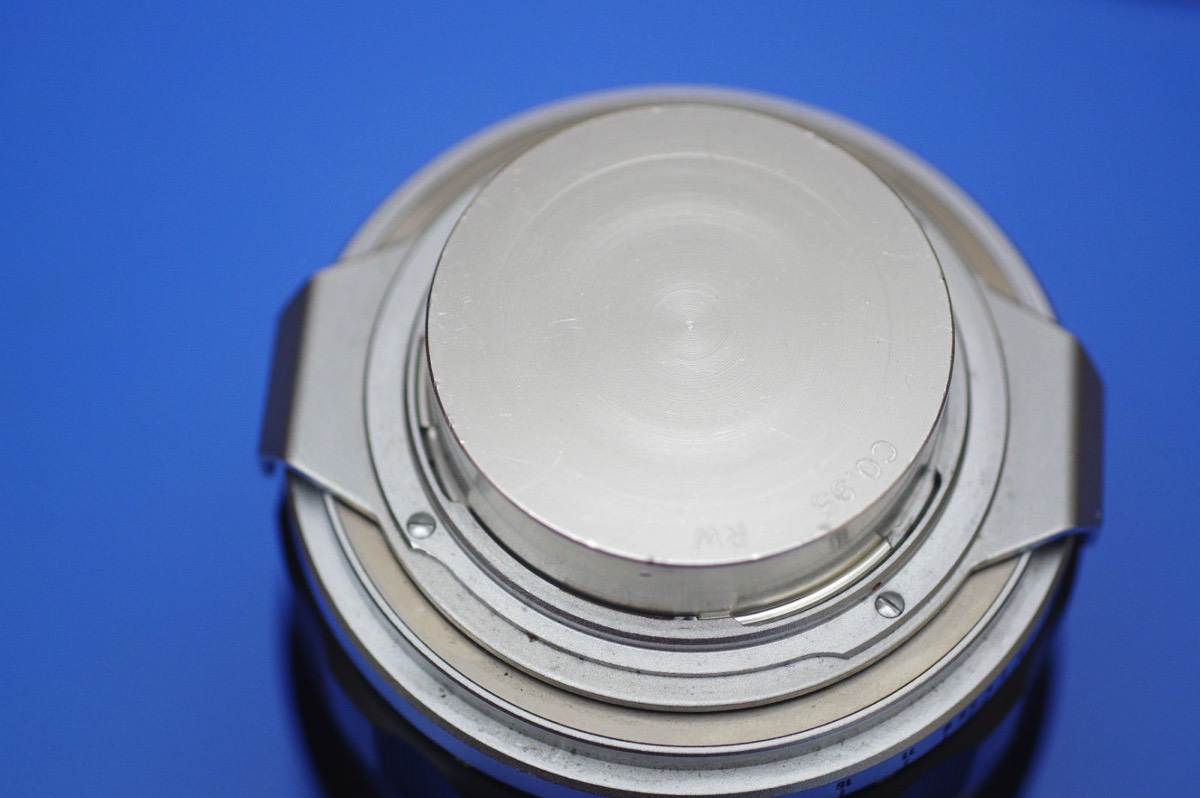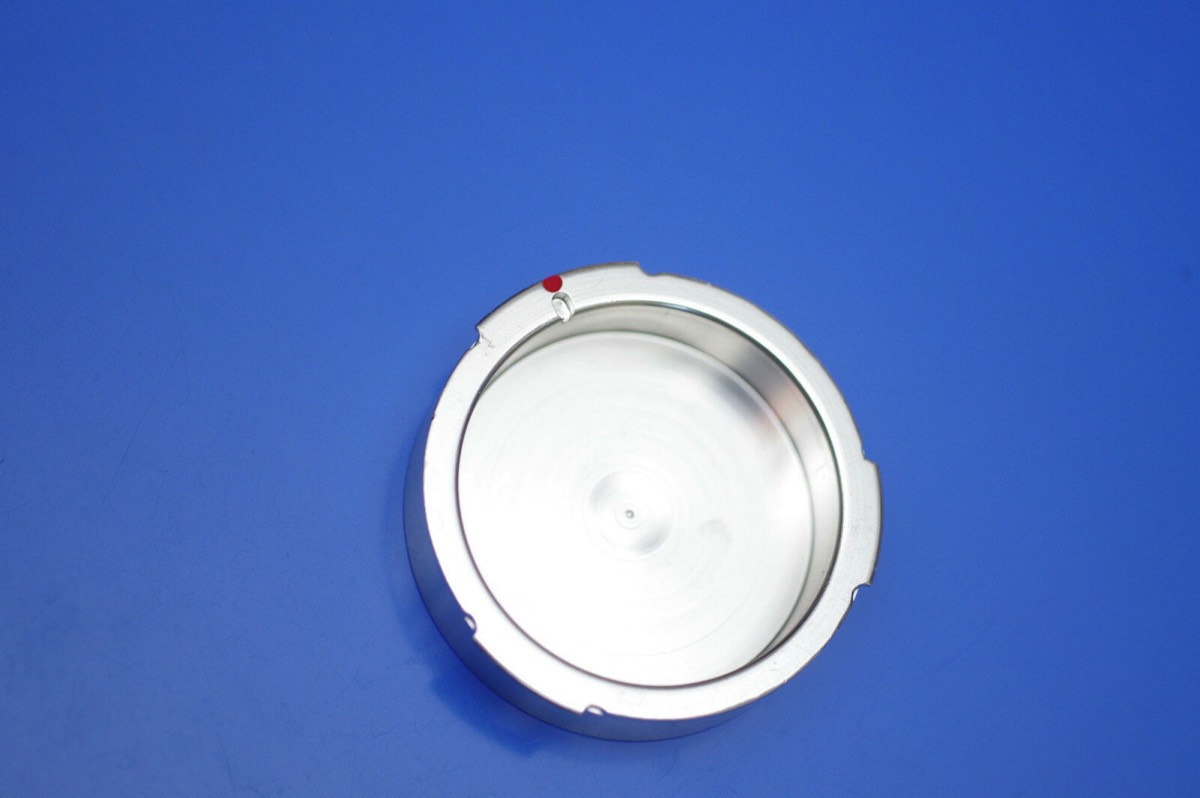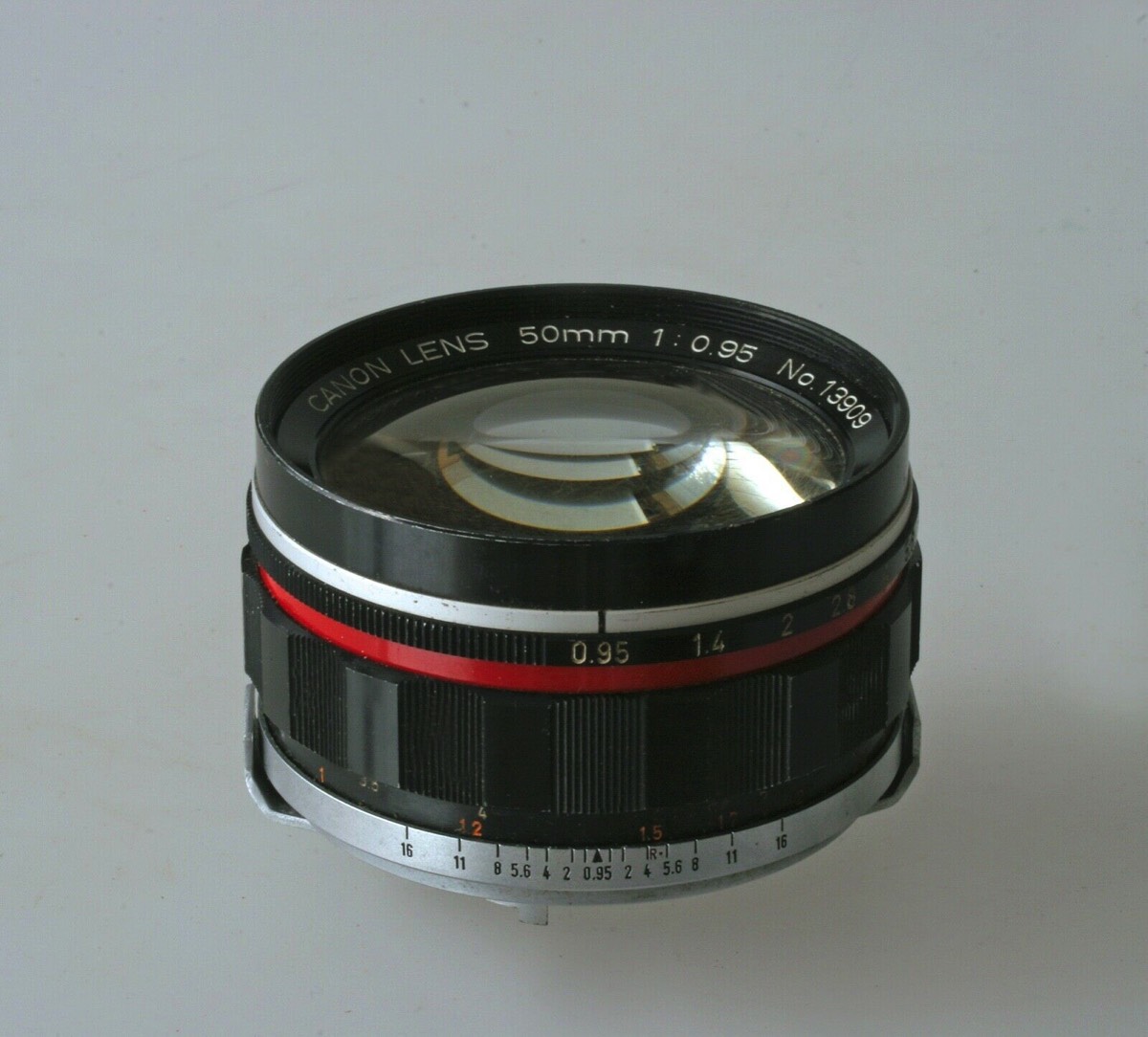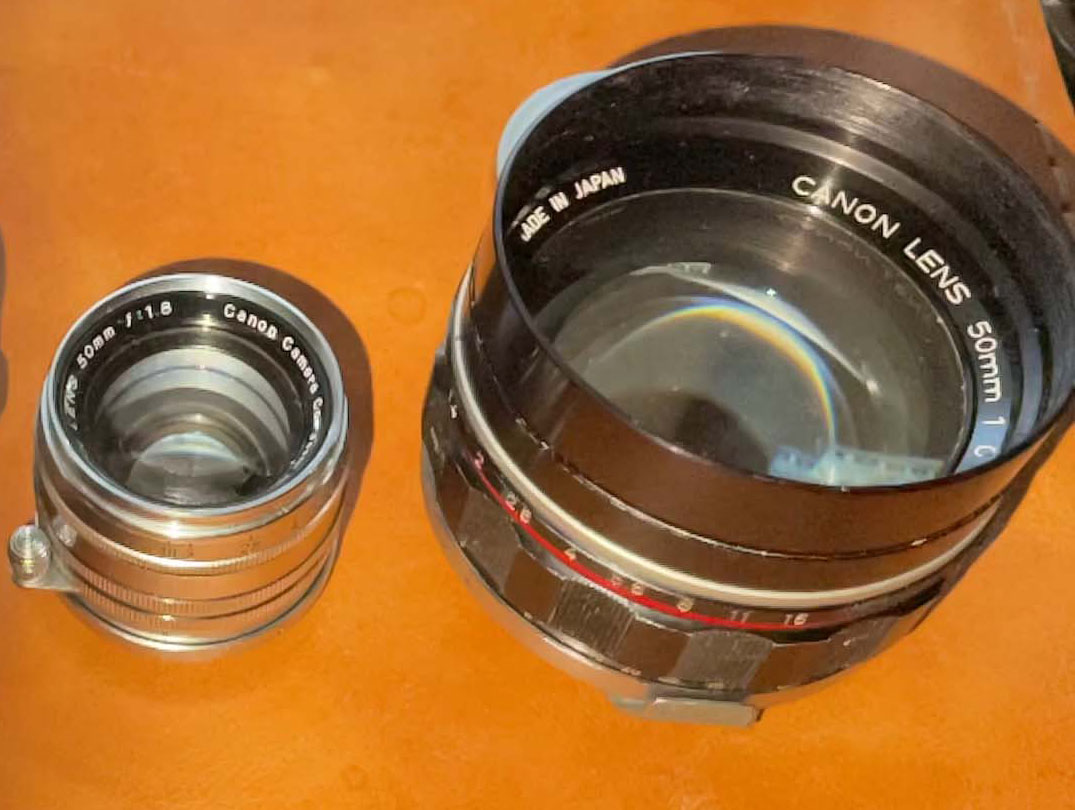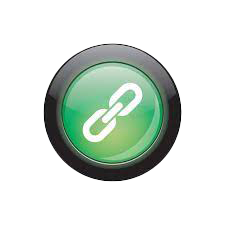The Lens details of a series of images taken by Steve Cushing on mirrorless camera.
History
Zack Snyder's Army of the Dead on Netflix has a look some may find more blurry than most blockbuster films, but there's technical and artistic reasons for that. Zack Snyder has always been known for his unique aesthetics, establishing a unique look that stands alone from 300 to Watchmen and of course his DCEU films.
On a purely technical level, the reason the movie is so blurry is because the entire movie is shot wide open with a vintage f/0.95 Canon Dream lens, giving it an incredibly shallow depth of field, soft bokeh, unique light artifacts, and potentially other aberrations depending on the condition of the glass. In fact, while most lenses have an adjustable aperture to change the depth of field and control for different light sensitivities, the custom rehousing Snyder did for his dream lenses didn't even have aperture blades built-in, meaning the entire movie is shot fully "wide open." So how did Japanese lenses become so special after the war when before the war German lenses ruled the roost?
Canon started its career in the 30's with copies of the Leica-III with kind of a Contax bayonet mount. Both Leica and Contax were not protected by Japanese patent law then. Its name was KWANON, a goddess of charity - and probably there was a need to look merciful at the making of these first Japanese cameras, of which less than a handful is preserved.
But that was to change soon! After 1945 all German abroad patents were canceled effected by the lost war and law of nations. It was allowed to copy German pre-war-products in any matter and companies in the whole world did that without bad conscience. NIKON who made optical products for Japanese military during the war now launched excellent copies of the pre-war Contax (with very similar, but not complete compatible bayonet), which were enhanced in quick cycles and shortly becoming better than the original -- the more so as ZEISS had problems to relaunch production in the post-war era with Carl Zeiss Jena and IKON in the East part of Germany occupied and exploited by the Russian for war reparation. CANON adhered to the West-German archetype LEICA with lenses in the same screw mount (M39 aka Leica Thread Mount or LTM). In the beginning CANON only manufactured cameras while Nikon made the lenses. Since 1947 Canon made the lenses for their own cameras - at the beginning copies of the German (Zeiss) Tessars, Sonnars and Triotars for simple use, and X-Ray cameras.
After the war, with many plants bombed and the Russians taking over East Germany, production cost for making lenses were a lot cheaper in Japan. Even before the war German optics companies started to partner with Japanese companies to manufacture optic lenses used in industry and in cameras. Japan as one if not the only industrialised Asian nation in the world at that time, had the capability and the cheap labor to entice German manufacturers to move some of their production there. Similar to what is happening right now with China.
Together with this due to new post-war Japanese law and export control, Japanese optics companies were effectively out of the business from military purpose optics for long time. So, company that was making gun sight for fighter plane or war ships optics for battleship had to start competing on civilian market to survive.
European manufacture did not suffer this problem as much as Japanese did, and they still had lucrative military optics market as soon as cold war kicked in. Even decade after Japanese started to return to scientific or partial return to military optics market, they still had to make majority of money in consumer, industrial, or medical optics market.
The Japanese soon became so adept at making lenses originally for the Germans and now for their own domestic use, that companies like Nikon, Olympus, Minolta started. Canon was an off-shoot of Nikon. And so, the Japanese came to dominate the camera as well as the lens market. The Germans still have Leica of course which is considered the most expensive camera system in the world.
Autofocus technology for example were really designed for the military so this was quickly adapted for civilian purpose in Japan but remained secret in the rest of the world as it was used for military purposes.
Japanese lenses can be divided intro entry level third party lenses, made by Soligor, Revuenon, Vivitar, Coslinar and others, mid range lenses made by smaller manufacturers, such as Makinon and Chinon and premium lenses, such as those made by Asahi Pentax and Fujifilm.
Other premium manufacturers like Canon produced lenses in their own native mounts others include Olympus, Minolta and Mamiya. Japanese lenses are considered the most reliable of these vintage lenses, with Asahi Pentax Takumar series coming on top of them all.
The company which is now recognised world-wide as Canon began its life as Seiki-Kōgaku Kenkyusho - Precision Optical Instruments Laboratory - or 精機光学研究所. According to the Canon Camera Museum history, the first laboratory of the company "...was founded in 1933 in a third-floor apartment of the Takekawaya Building in Roppongi, Azabu Ward, Tokyo."
The name Canon meant “Precision Optical Instruments Laboratory”. Initially Canon had a very close relationship with Nippon Kōgaku (Nikon), who supplied lenses for the cameras which Canon manufactured. The Nikkor 5cm f/3.5 lens was commonly seen on the Hansa Kwanon (Canon), which also had its rangefinder manufactured by Nikon.
The Hansa Canon was launched in 1936. It was not until the late 1940s that Canon started to manufacture their own lenses, after World War 2. Initially the lenses were labeled Serenar. This caused some confusion to customers as they were looking for a Precision Optical camera and a Serenar lens. So in the early 1950s the company and branding was changed to Canon.
The Canon 50mm f/0.95 was introduced by Canon in 1961. According to the Canon online camera museum, “It had the largest aperture in the world for photographic lenses available in the market at the time.” It is affectionately known as the Canon “Dream Lens.” Today, the Dream Lens has become one of the most well known lenses of its era.T he “Dream Lens” is famous for its out-of-focus rendering that offers smooth bokeh and extremely shallow depth of field, which combines to produce the “Dreamy” effects.
This lens was one of the standard lenses for Canon 7 rangefinder linkage cameras. It has an astonishingly large aperture of f0.95. Because it is about four times faster than the human eye, this lens is known as the “dream lens” and is widely talked about. The F0.95 is the fastest aperture for full frame 50mm that you can find in the market today. Unlike the Leica 50mm f0.95 ASPH, The canon 0.95 is an old lens, old technology back in 1960’s , high in demand collectable item today, also very hard to find one in good condition.
It is a very expensive lens and prices go up all the time. The Canon is no longer make it and I seriously doubt that people will ever lose interest for the lens. My lens is the standard Canon 50mm F0.95 Lens and approximately 20000 units were produced. However, a significantly less number of units remained today.
Prices are now trending from a low of $2200 to a high of $8000 give or take. Some unscrupulous dealers are trying to sell this lens for $10000 or more. This, to me, is way too high since that is approaching Noctilux used prices.
The Noctilux goes for $5500-10000 on the used market, depending on which version. Some folks have labeled the Canon Dream Lens as the “Poor Man’s Noctilux.” But the Canon came first, so they say that the Noctilux is the “Rich Man’s Canon Dream Lens
Comparisons? Based upon my use of the Noctilux and the Canon Dream Lens, I’d say you can’t compare the two. It’s apples to oranges. The Leica may be the technically better lens, while the Canon I find to be a more artistic lens in regards to the images it renders. Just like the film vs digital debate, my answer to the Noctilux vs Dream lens question is…None are better than the other. They are different and as someone who likes to be creative I prefer the Canon.
